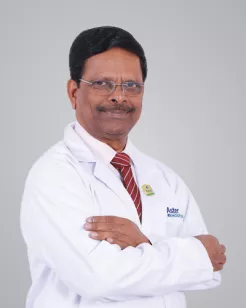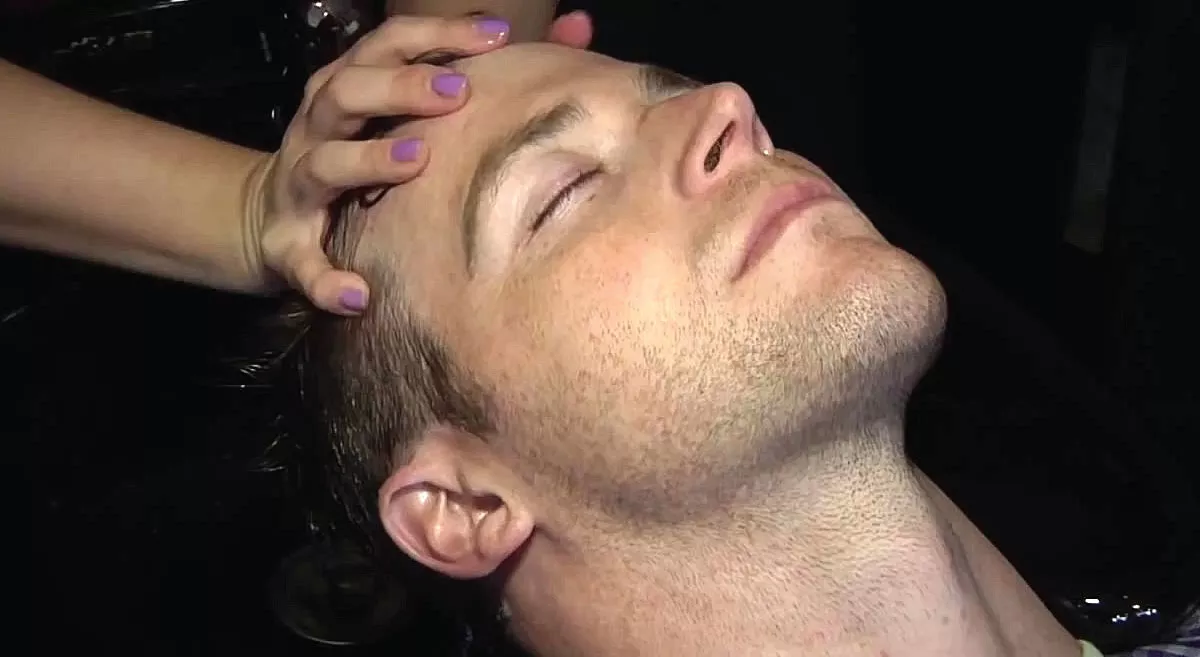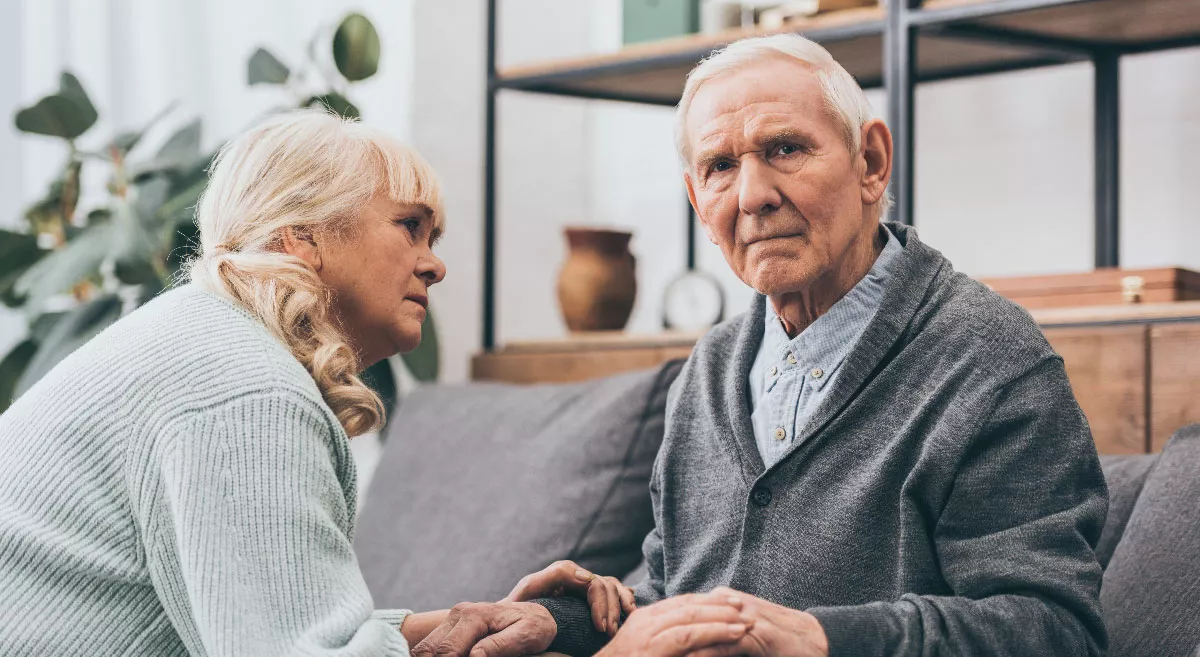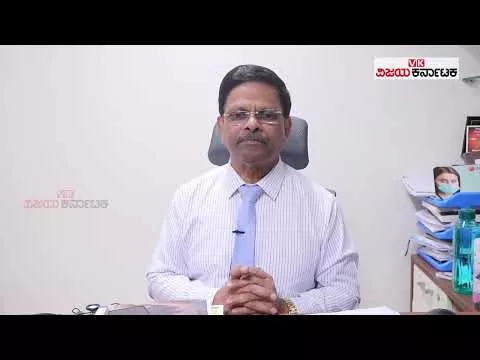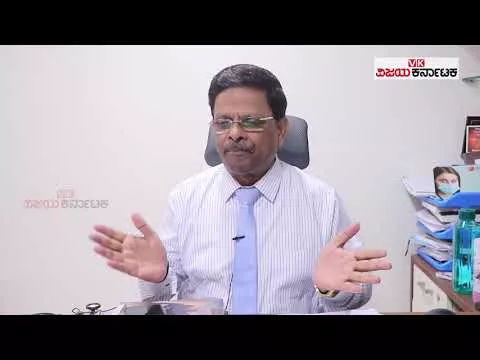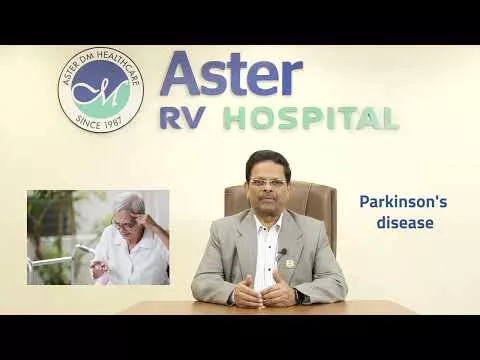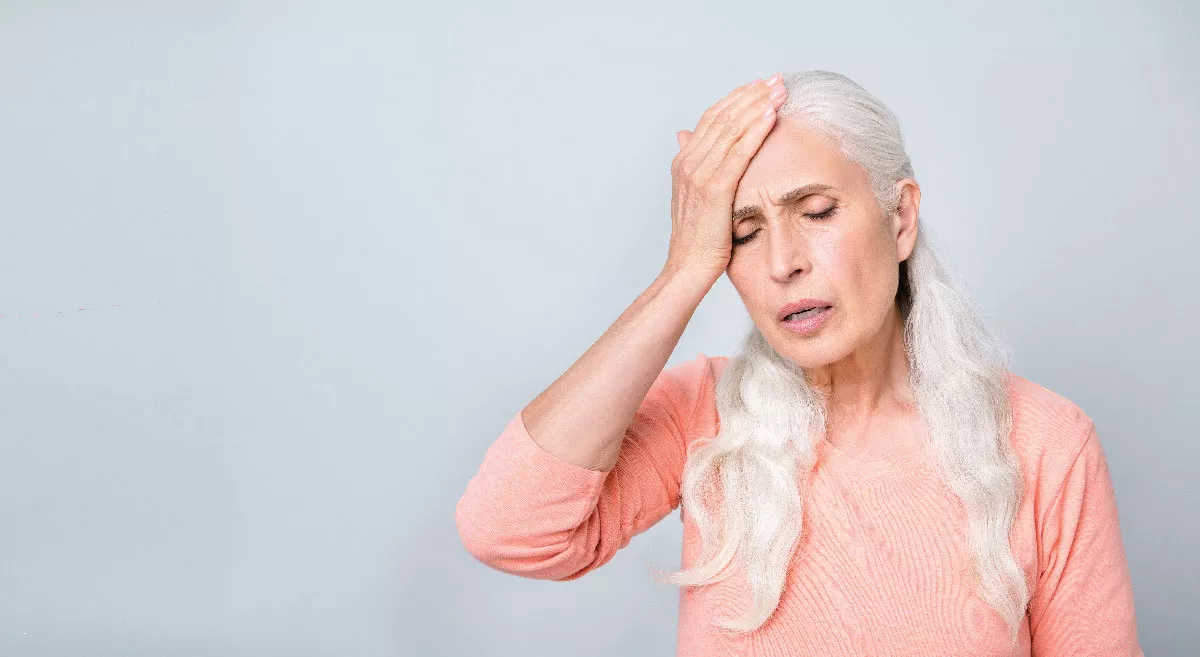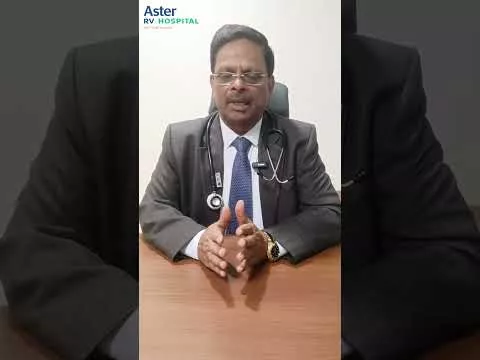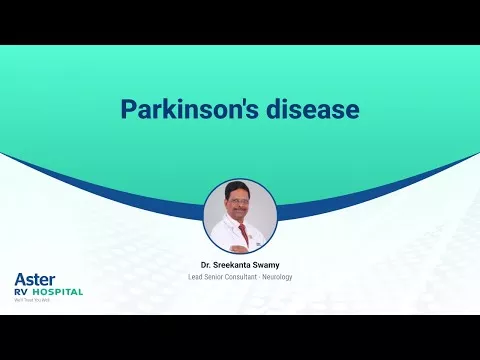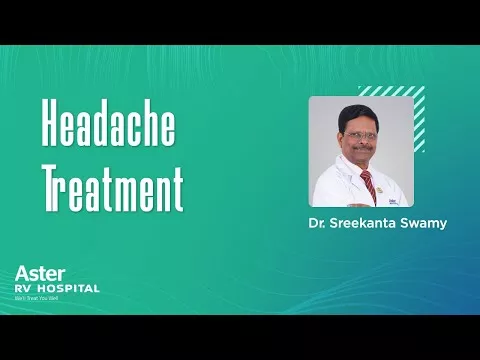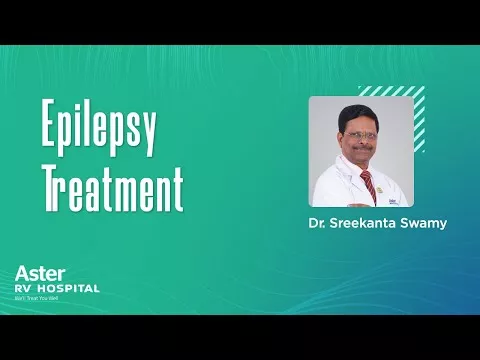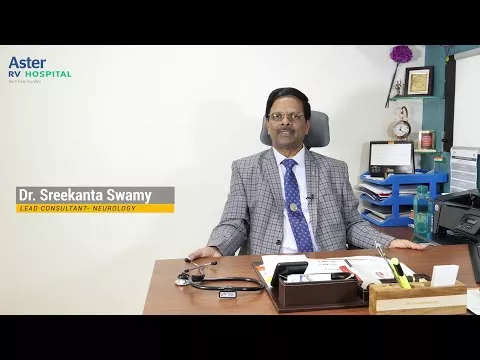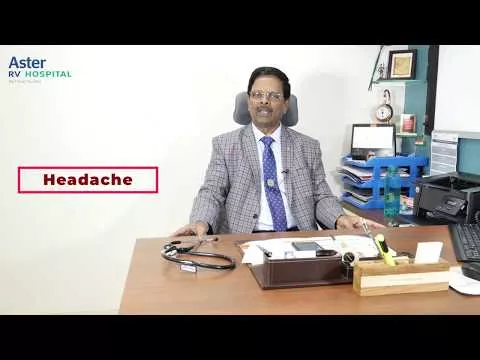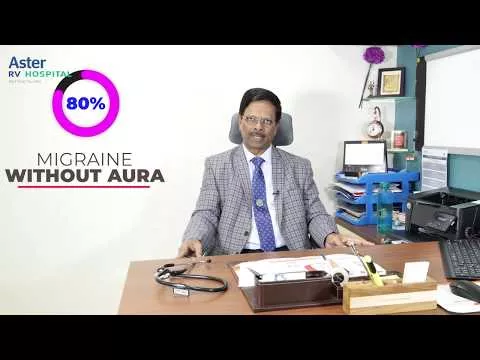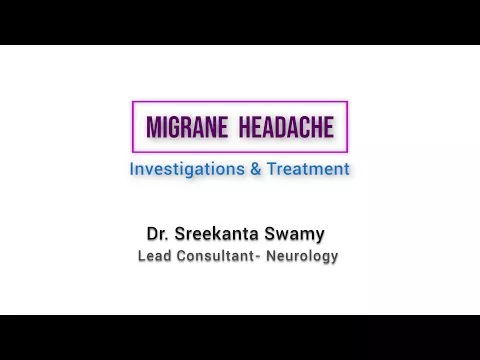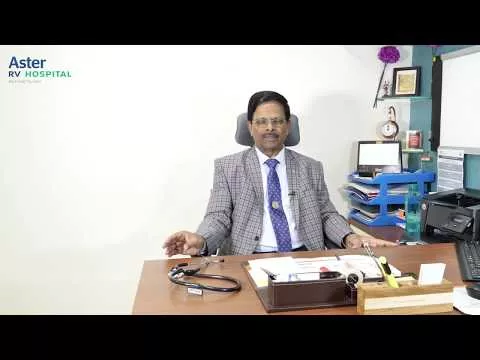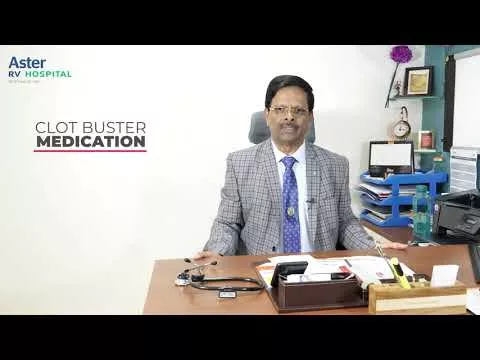What is stroke?
Stroke, (paralysis) or a brain attack is a disabling brain disorder that affects more than 20 million people across the world and causes nearly 5 million deaths per year. Every year October 29 is observed as world Stroke Day all over the world, with an objective of creating, awareness in public about the recent developments in this field, and educate them to identify the early symptoms of stroke, getting the best possible treatment available and preventive measures of stroke risk factors. It is also to impress upon the stroke survivors about the importance of good rehabilitation, which will help them to lead near normal life. Stroke is caused when there is a block in the blood flow within the blood tubes, (ischemic stroke which amounts to nearly 80% of strokes) or when there is damage to the tubes carrying blood within the brain (hemorrhagic stroke). Stroke incidence is increasing in the third world regions, due to the increase in the incidence of diabetes, hypertension, brain infection and road traffic accidents and has become the third leading cause of death globally. Depending on the area of the brain that has suffered the attack, stroke can result in mild symptoms such as numbness or could lead to coma or eventually death. Management and rehabilitation of stroke patients has seen lots of improvement in the past one to two decades, and at present most strokes can be efficiently treated and prevented to a great extent. However, it is important for patients to receive medical attention within the Golden Hour after they develop symptoms of stroke if they have to be benefitted.
The Golden Hour
Stroke can often be a silent or a painless disease which occurs suddenly. It is important to recognize the symptoms of brain stroke at the earliest by patients and their relatives, to get the effective treatment in a specific time which in a significant number of people can be of great help in survival and preventing long term disability. Acute stroke if treated within a time period of 4.5 hours by clot buster injection which opens up the blocked blood tubes, and by removing the blood clot if they reach within 12 -18 hours, can significantly help in improving from this devastating problem. However, most of the public are not aware of the early symptoms of stroke and the available modalities of treatment. These 4.5 hours are referred to as ‘The Golden Hour’ in stroke treatment. Patients who get these treatment at the earliest after the stroke symptoms develops, will get the maximum benefit. In case the patient goes without treatment beyond the golden hours, it increases the risk of irreversible damage to the brain. These injections cannot be given to patients who develop stroke due to bleeding in the brain, which are treated by other modalities.
Common Symptoms of Stroke:
Symptoms depend on the area of brain that is affected
The followings are the common symptoms of brain stroke
- Speech difficulties
- Sudden and acute headache
Confusion
- Vision loss
- Inability to balance
- Change in the state of consciousness
- Weakness of one part of the body
World Stroke Organization (WSO) has popularized a slogan for the common men to identify the symptoms of stroke at the earliest. This is called FAST
F- Face- if you see someone’s face is drooping to one side
I - Arm drifting- if one arm is drifting down when asked to stretch out both upper limbs
S- Speech- if you find some one has slurring of speech- then you must act quickly
T-Time to act fast by calling ambulance/emergency room.
What to do if you or someone you know has a stroke?
Immediately call the nearest Hospital which can offer treatment for stroke without wasting anytime. Do not panic, stay calm and make arrangements to visit the hospital immediately, even if the symptoms are mild, as they could worsen over time. If you feel you are having an attack, do not try to drive to the hospital, rather call for an ambulance or let someone else drive you there.
With the help of blood investigations and CT scan or MRI, doctors will ascertain what kind of stroke it is and select the treatment accordingly. If patient reaches within 4.5 hours after the symptoms, he may receive the “Clot Busting injection” which may help to open up the blocked blood tube, It may or may not be combined with procedure to remove the clot if patient reaches after this time. If the brain scan shows bleeding depending on the cause, surgical management may be advised. Stenting procedures, intra-arterial thrombolysis, removal of the clot through mechanical thrombectomy are some of the other treatment options which may be used and could help to treat the damage even up to 24 hours after the attack has occurred.
Risk Factors for Stroke
Certain associated illnesses can make a person to be at a higher risk of having stroke. For example, people with long term high blood pressure, heart disease, diabetes, obesity, high cholesterol, tobacco smokers, excessive alcohol consumers are at an increased risk of getting a stroke attack. All of these are preventable to a greater extent. Other non-modifiable risk factors for stroke are genetic factors, age and gender (stroke may affect females slightly more due to hormonal differences). The risk of developing a stroke increases as a person gets older and most of the time it occurs to individuals beyond the age of 55-60 years, however this trend is slowly changing due to the increase in unhealthy lifestyle habits and around 25% of all brain strokes are seen in to people under the age of 40years.Among the risk factors, high blood pressure tops the list and even small reduction in blood pressure can significantly reduce the incidence of stroke.
Managing the above risk factors effectively can prevent brain stroke in nearly 75-80% of people, hence it is important for all the healthcare personals, NGOs, media and Govt. bodies to plan various programs to create awareness about the risk factors of stroke and manage them effectively.
Given the current stroke burden, there is therefore a need for better equipped hospitals with exclusive stroke care units and separate rehabilitation centers to cater to such patients. . Long term recovery from stroke requires medications and specialized rehabilitation facilities, which may be available only in major healthcare facilities.
Please remember time lost is Brain lost, the earlier the stroke affected person seeks medical advise the better chances to improve significantly.
STROKE IS NOW TREATABLE AND PREVENTABLE

